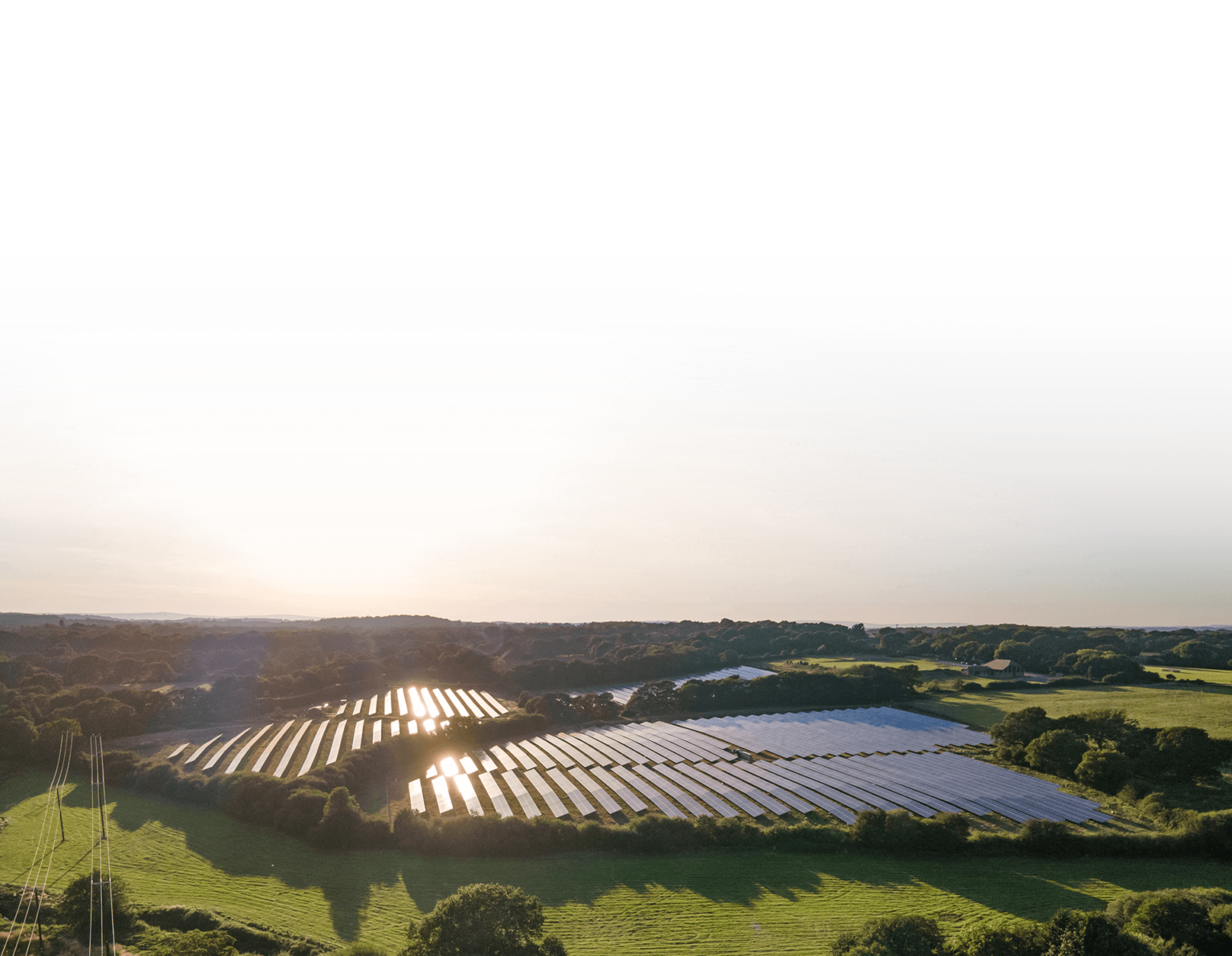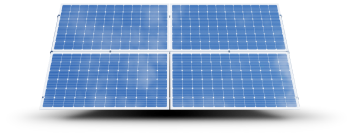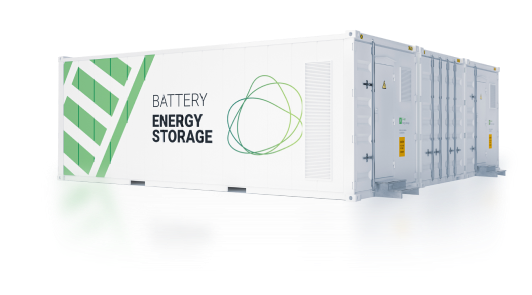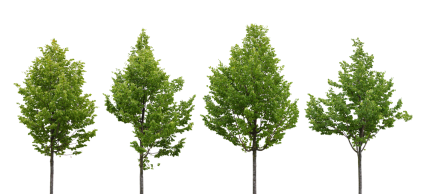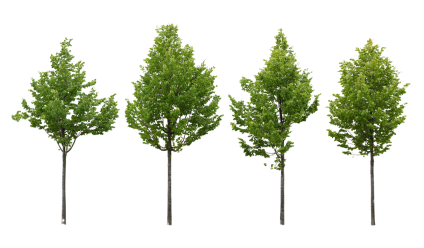Landowner led
Our projects wouldn’t happen without the support and cooperation of our landowners. We start every new project by understanding the needs of the landowner, their family, their existing business operations and their relationship with their land. That way we can work towards project designs that respect and successfully integrate with their business priorities and family life.
Conceptual design through to detailed consent
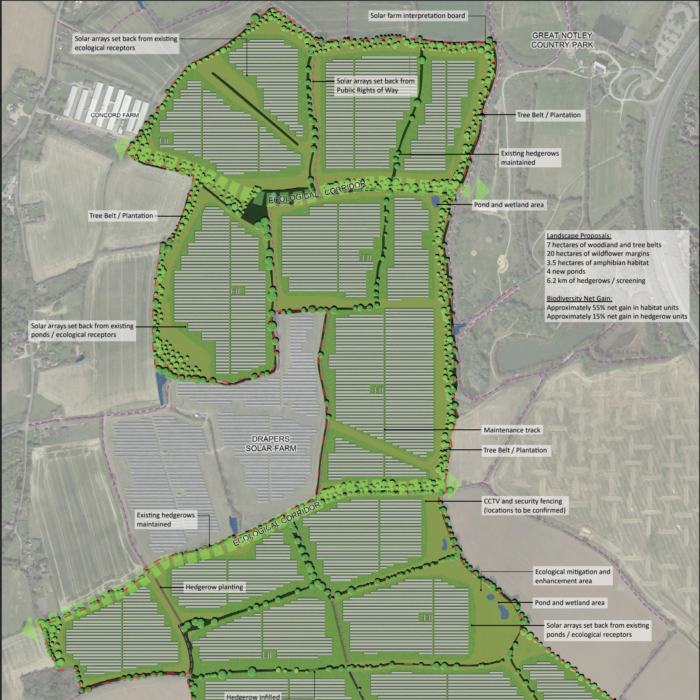
Our planning team has been successfully securing planning permissions for major UK infrastructure and energy projects for more than 30 years. In the first instance we use that expertise to develop a sustainable conceptual design for the project. This high level design responds to landowners needs, UK planning policy. environmental parameters and local community considerations.
The project moves through several design iterations until it identifies the best detailed solution. At the heart of the design process is our mission to deliver best practice, be a good neighbour, deliver areas for wildlife to thrive and utilise sustainable construction practices. We feedback and justify our decisions to all stakeholders to ensure all parties are well informed.
Pre-planning advice
In many cases we will engage in early consultation with the local planning authority. This is done either through a prescribed pre-application process or through a process designed to establish how best to assess and report the project’s likely environmental impacts. Either approach typically takes between 3-6 weeks. Proactive early engagement with Council officers helps build constructive working relationships and ensures their requirements are “baked into” the project from its outset.
Understanding the local environment
Detailed environmental surveys of the Project site and wider local area are undertaken to ensure we understand and minimise as far as possible our likely impacts on everything from archaeology, flood risk and drainage, landscape and visual impact, ecology and traffic to local amenity, including noise impacts and public footpath provisions.
We use our preferred team of trusted, technical consultants and wherever possible we seek to enhance assets and not simply mitigate impacts. These outputs from the Team inform the detailed design and ensure it is sustainable and makes a meaningful contribution to tackling climate change and a carbon free electricity network by 2035.
Consulting with the local community
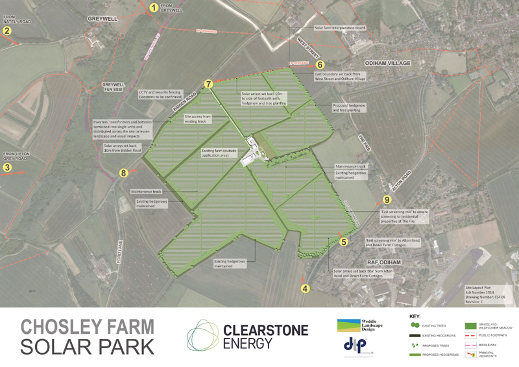
Before submitting a planning application for the project we take our proposal out to the local community for their feedback. Input from local residents, community leaders and other key stakeholders is invaluable in creating a final project proposal that meets the broadest range of needs.
